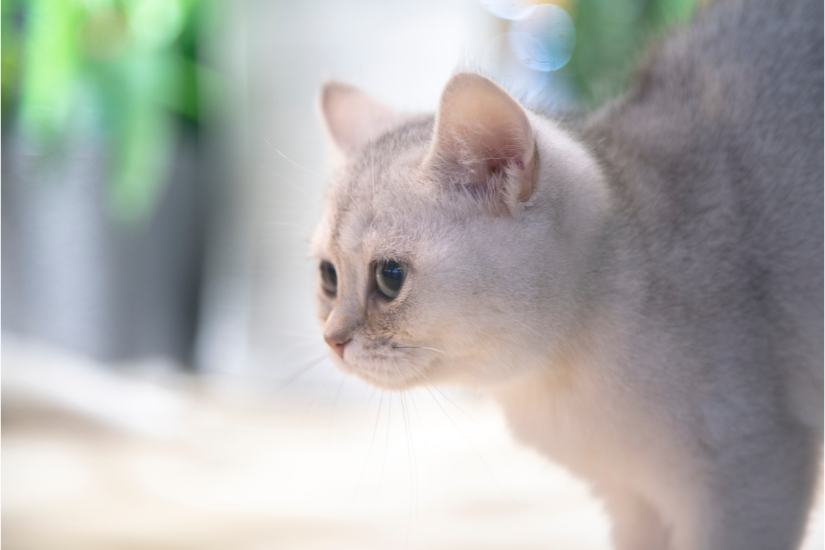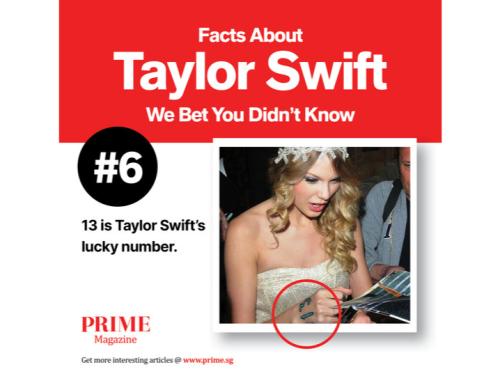Cats lack the ability to taste sweet flavors due to a genetic mutation. The receptor responsible for detecting sweet tastes, known as the Tas1r2 protein, is broken in cats. This genetic difference prevents cats from experiencing the sensation of sweetness.
This genetic difference is thought to be a result of evolutionary adaptations in the diet of cats. As carnivores, cats primarily consume meat, and being able to perceive sweetness may not have provided a significant advantage in their survival and nutrition. Their taste preferences are geared more towards detecting and enjoying the flavors of proteins and fats, which are abundant in their natural prey.
Scientists conducted an experiment and found that cats will drink from a bowl of sugary water as often as from a bowl of plain water. It showed an indifference to the two bowls. However, the spectacled bear (with its sweetness gene working) preferred the sugary drink.
It is worth noting that the loss of perceiving sweetness is not unique to cats. Some other carnivorous species, and other members of the cat family, share this trait. This suggests that the genetic mutation affecting the sweet taste receptor may have occurred in a common ancestor of these species and has been retained through subsequent generations.
In contrast, animals like humans, primates, and many other mammals have functional sweet taste receptors and can perceive sweetness in their diet. This ability is thought to have provided an evolutionary advantage by enabling these species to detect and consume ripe fruits, which are often a valuable source of nutrients and energy.
It is important to note that while cats cannot taste sweetness, they still have a range of taste receptors for other flavors like sour, bitter, and umami. Their diet preferences are primarily driven by factors other than sweet taste, such as the aroma and texture of food.











